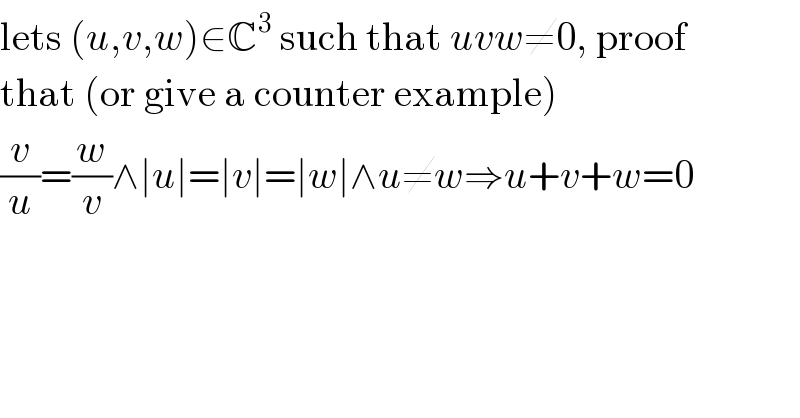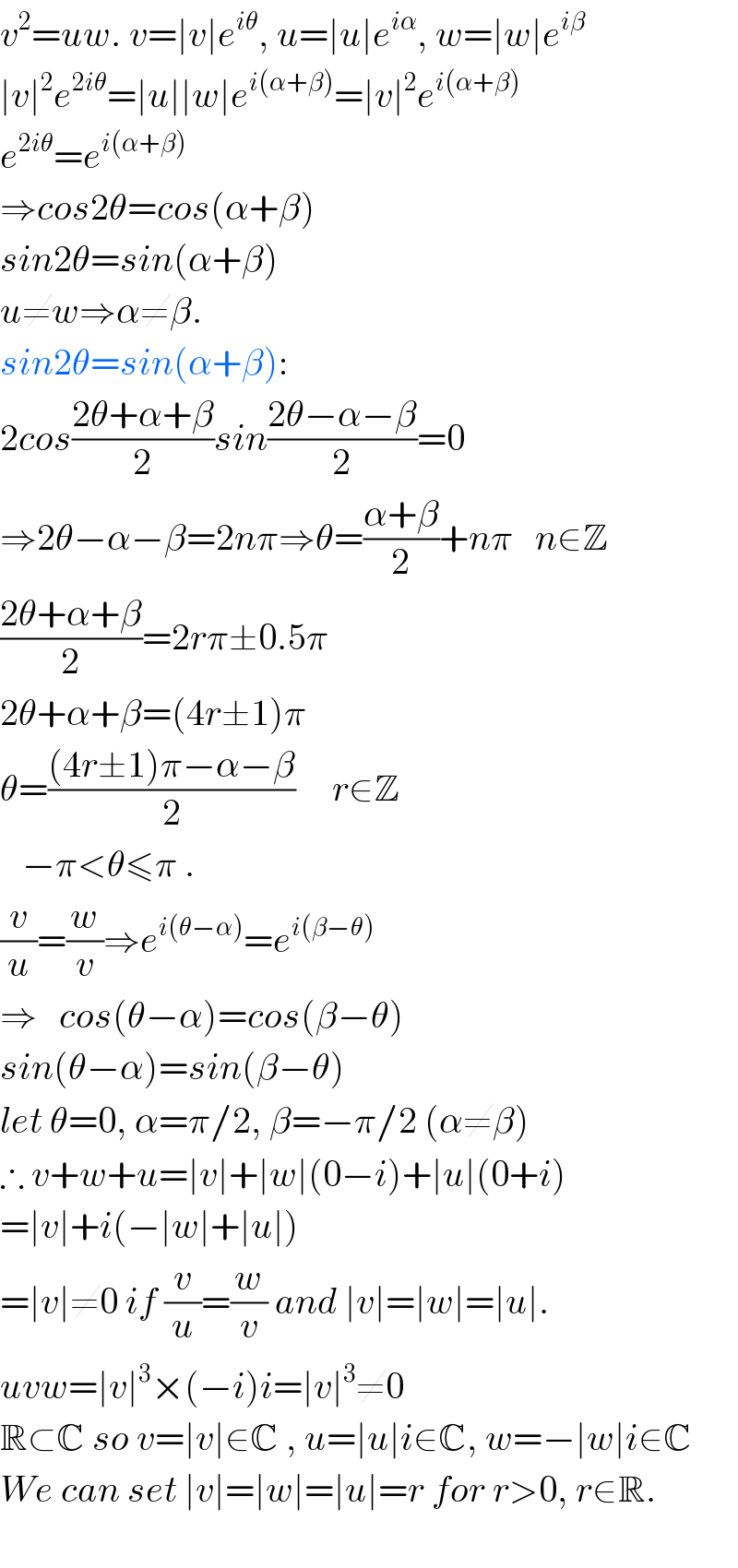Question Number 3410 by 123456 last updated on 13/Dec/15

Commented by RasheedSindhi last updated on 13/Dec/15

Commented by 123456 last updated on 13/Dec/15

Commented by RasheedSindhi last updated on 13/Dec/15

Commented by 123456 last updated on 13/Dec/15

Commented by Yozzi last updated on 13/Dec/15

Commented by Yozzii last updated on 13/Dec/15

Answered by prakash jain last updated on 13/Dec/15

